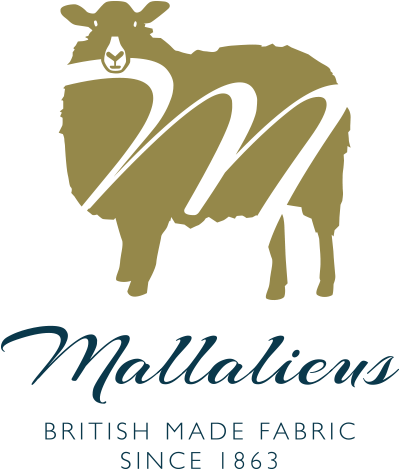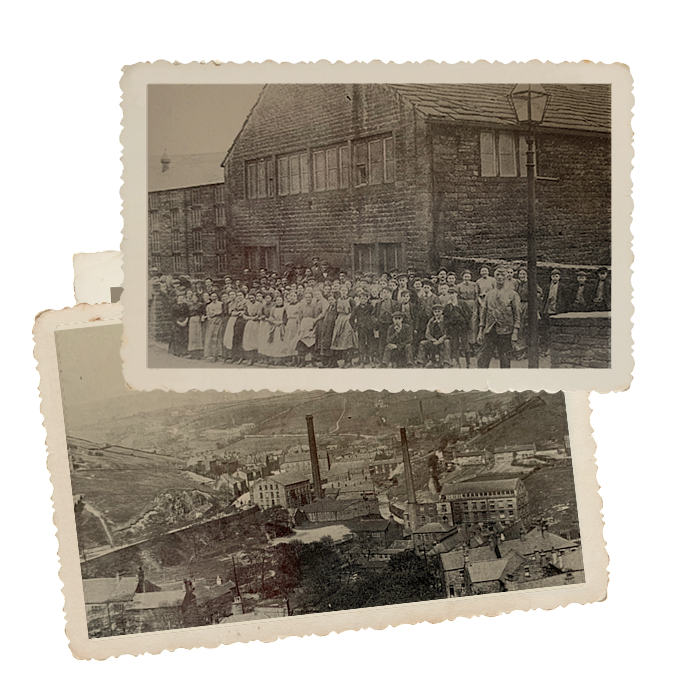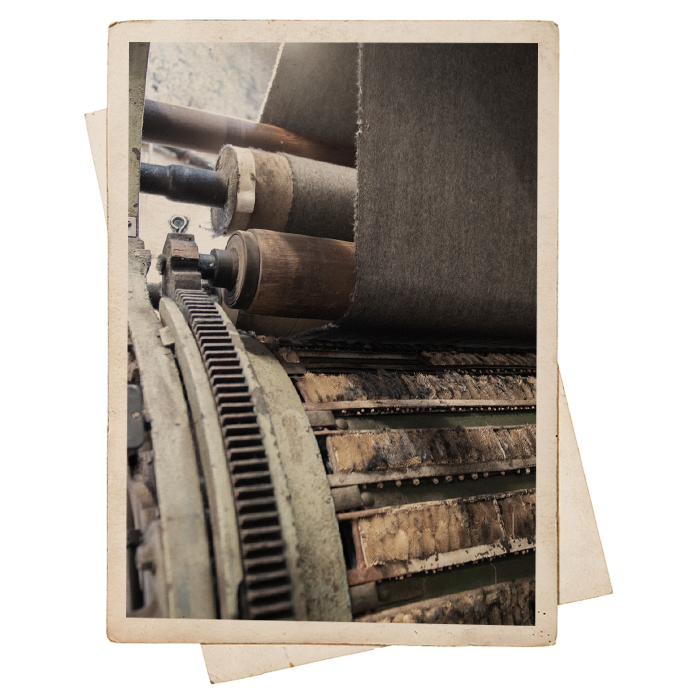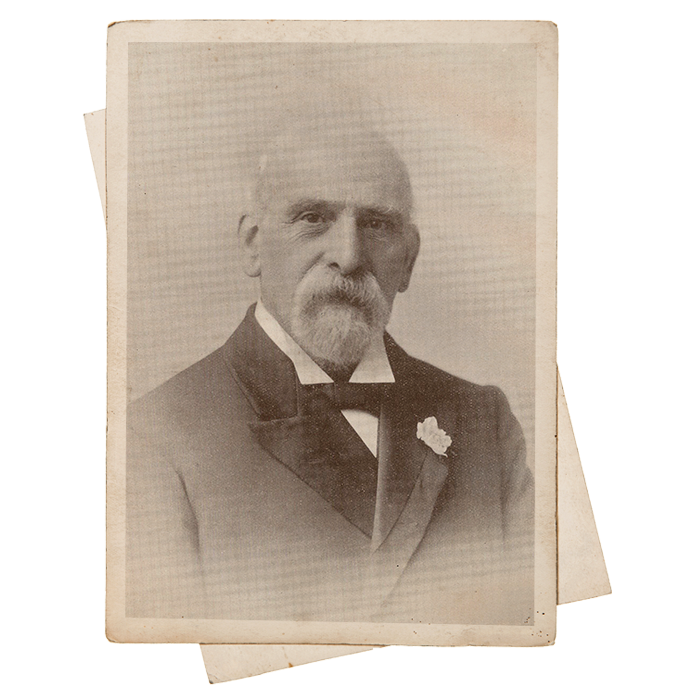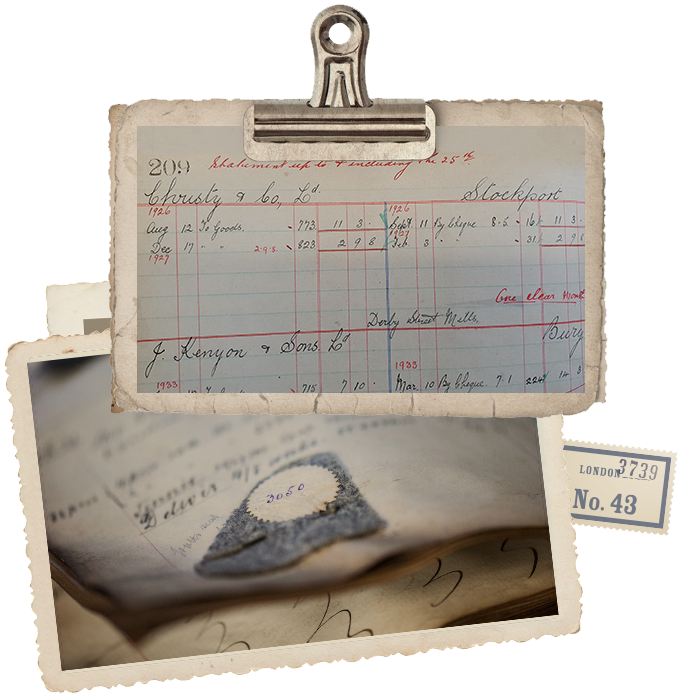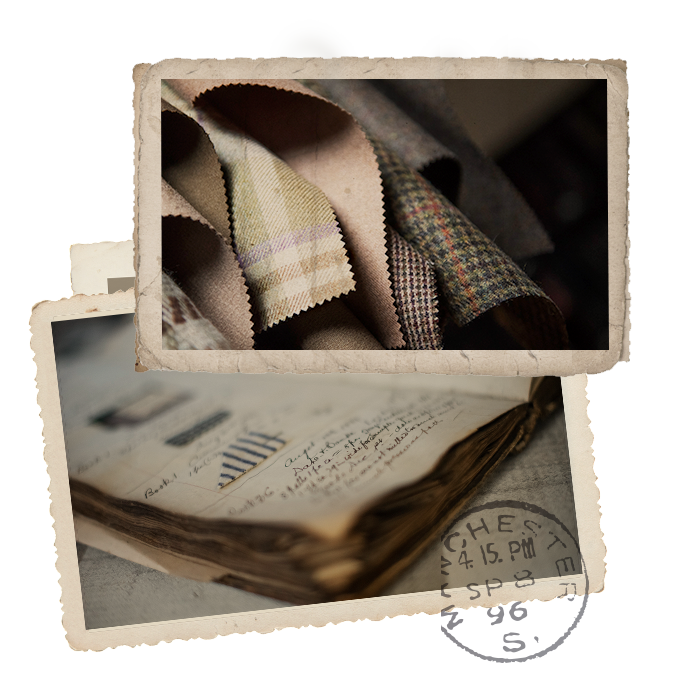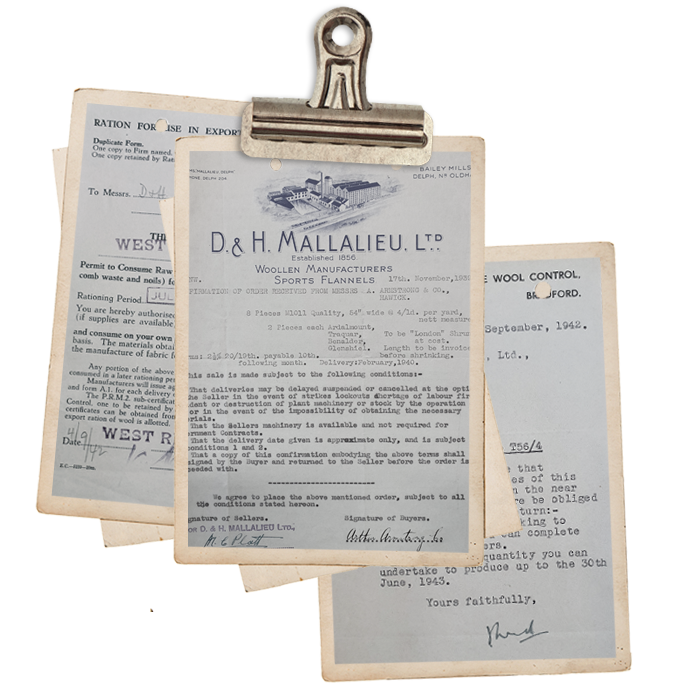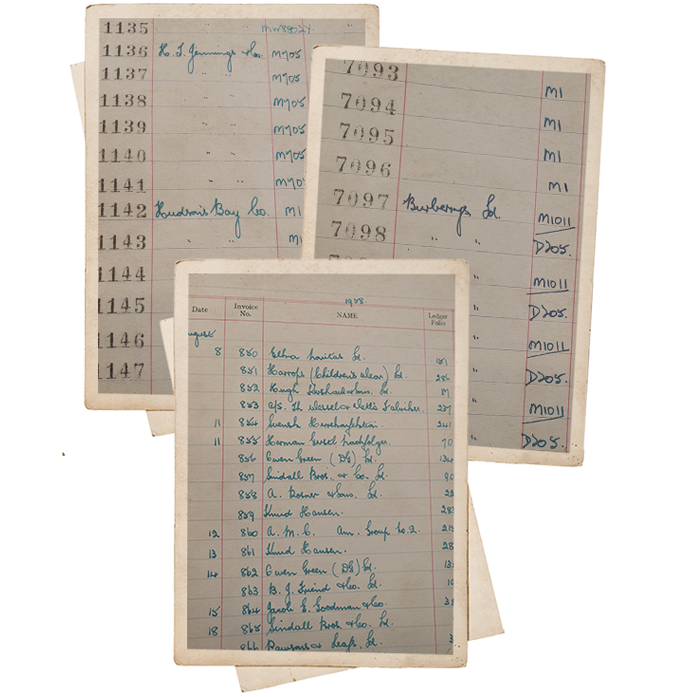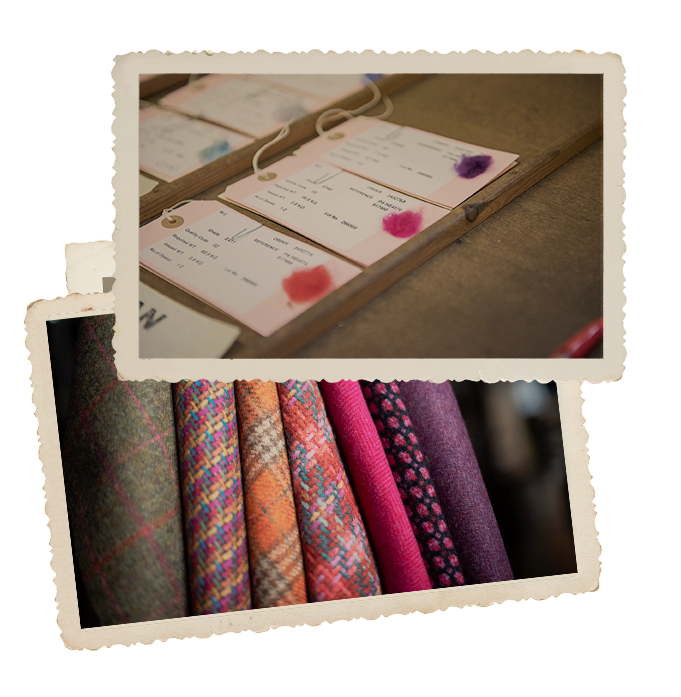In 1863 David and Henry Mallalieu opened their textile mill in Delph, having formed a company in 1856 to work with local weavers in their homes. The brothers were descended from Huguenots who had fled from France to England in 1572 to escape religious persecution. The French Protestant Huguenots were renowned for their expertise in weaving and it was perhaps inevitable that by the early 1600s Mallalieus should have found their way to Delph, a centre for woollen cloth production since medieval times. That tradition still inspires Mallalieus today.
